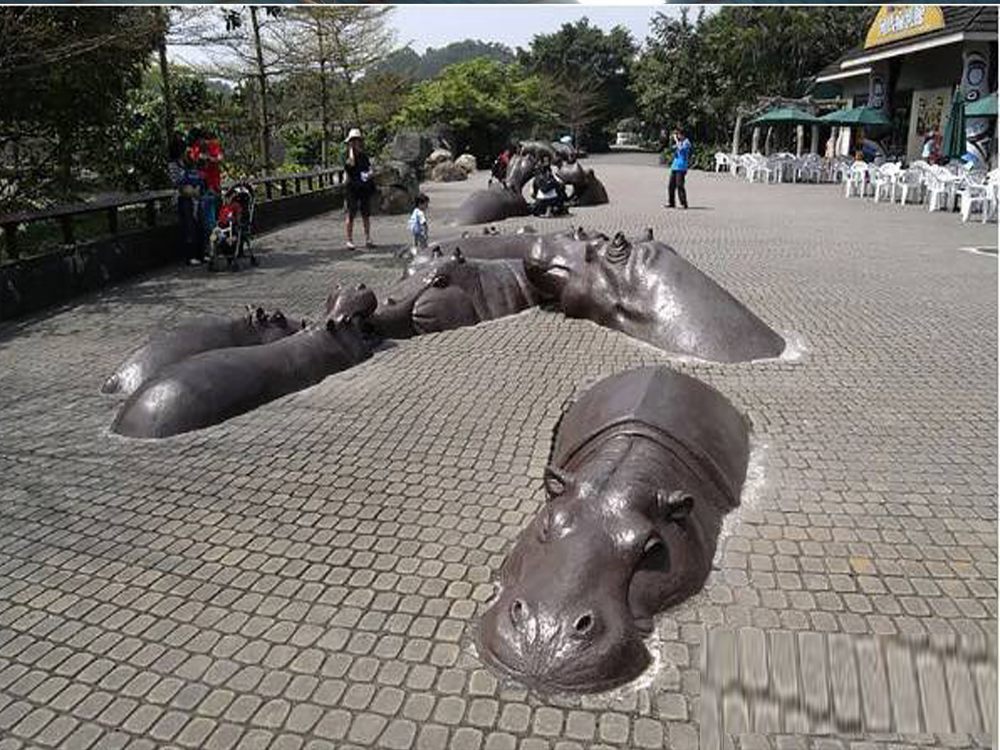
Contemporary sculptors employ fascinating techniques to give new stone artworks an appearance of ancient weathering. The most common method involves mechanical distressing, where artists use chisels, wire brushes, or sandpaper to manually create wear patterns that mimic centuries of erosion. Some practitioners prefer chemical treatments, applying acidic solutions that react with the stone's surface to produce authentic-looking pitting and discoloration.
Advanced workshops now utilize controlled sandblasting with varying pressures and abrasive materials to replicate different erosion patterns. Temperature shock methods create natural-looking cracks by alternately heating and cooling specific areas. For marble sculptures, artists sometimes apply a mixture of yogurt and moss to accelerate biological weathering effects in just months rather than decades.
The most convincing results come from combining multiple techniques - mechanical abrasion for general wear, chemical treatments for mineral leaching effects, and biological applications for organic growth patterns. Master sculptors study real weathered stones extensively to understand how different rock types degrade naturally, allowing them to recreate remarkably authentic aging effects in their studio creations. These techniques not only add historical character to new works but also help preserve the appearance of ancient sculpture restoration pieces.

